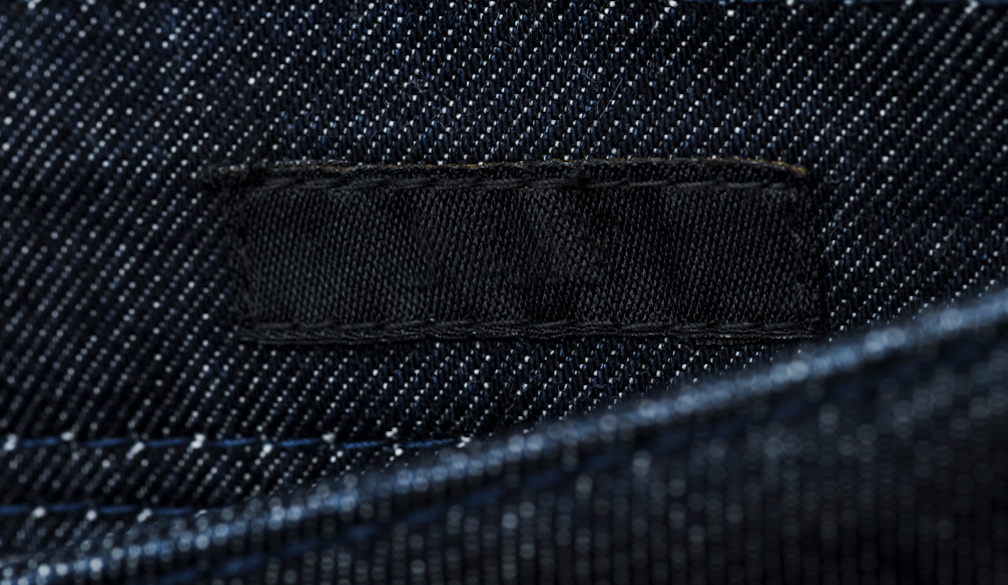Choosing the Right Velcro for the Job

Velcro might seem like one of those “set it and forget it” materials—stick, press, and done. But the truth is, not all hook-and-loop fasteners are created equal, and choosing the right kind can make or break your project. Whether you’re strapping down cables, securing outdoor gear, or adding functionality to clothing, the difference between a lasting bond and a frustrating failure often comes down to picking the right Velcro for the job. Even something as simple as small velcro straps can perform very differently depending on the material, weave, and intended use.
Understanding How Velcro Really Works
At its core, Velcro is a clever mechanical system—tiny hooks catching onto tiny loops. It’s deceptively simple, but that simplicity hides a world of variety. The materials, hook shape, and loop density all affect grip strength and longevity. For light tasks, such as bundling cords or organizing tools, softer woven loops are ideal since they allow for frequent use without losing hold. For heavier applications like securing outdoor equipment or industrial covers, molded hooks and stiffer loops provide more bite but may wear out fabrics or surfaces faster.
Choosing Velcro isn’t about strength alone; it’s about compatibility. Some adhesives are made for smooth plastic, while others cling better to fabric or rough surfaces. Many users overlook the “surface match,” which can lead to peeling, slipping, or premature wear.
Durability and Cycle Life: What’s Really Meant by “Reusable”
Manufacturers love to advertise how many “cycles” a Velcro strip can handle—the number of times it can be opened and closed before losing grip. But what they don’t tell you is that cycle life depends heavily on conditions. Heat, dust, and UV exposure can shorten that lifespan dramatically. For example, a Velcro rated for 10,000 cycles might fall short if used outdoors in harsh sun or near high heat.
When selecting a fastener for repeated use—like removable panels, medical straps, or children’s products—it’s worth checking for high cycle ratings and environmental resistance. Fasteners made from nylon tend to have great flexibility and longevity, while polyester versions offer superior resistance to moisture and sunlight. If you want to dive deeper into how materials affect performance, the National Institute of Standards and Technology offers excellent research on material properties and testing standards.
Environmental Exposure: The Hidden Factor
Few people think about where their Velcro will live. Will it be exposed to rain, saltwater, or heavy dust? Environmental exposure can drastically change what “the right Velcro” means. For marine settings, stainless-backed or synthetic options that resist corrosion are ideal. In cold climates, low-temperature adhesives ensure that the bond won’t become brittle and fail. Conversely, in hot environments—like automotive interiors or sun-baked toolboxes—heat-resistant adhesives are essential.
Even humidity matters. Adhesive-backed Velcro tends to lose grip in high moisture, making sewn-on or riveted options better for outdoor gear or clothing applications. Understanding the environment saves both time and frustration later.
The Surface Connection: Matching Material to Material
Velcro adheres differently depending on what you’re attaching it to. Fabrics, plastics, metal, and painted wood each respond uniquely. A common mistake is using general-purpose Velcro on a low-energy plastic like polyethylene, which naturally resists adhesives. Specialized “low surface energy” Velcro is formulated for these tricky materials.
For softer materials like canvas or neoprene, sewing the fastener is more reliable than relying on glue. And for curved or flexible surfaces—like sports equipment or cables—elastic hook-and-loop systems maintain better tension over time. You can find guidance on surface adhesion and bonding techniques from 3M’s Adhesive Science Center, a helpful resource for comparing bonding strengths across materials.
Beyond Function: Considering Comfort and Design
Velcro isn’t only about function; it’s also about feel and appearance. In clothing or wearable tech, soft-touch or “skin-friendly” Velcro reduces irritation and noise. For consumer products, color coordination and profile thickness can be just as important. Low-profile or clear fasteners are popular in interior design, where discretion matters as much as holding power.
The design side of Velcro has evolved far beyond simple strips. Stretchable, flame-retardant, and electrically conductive variations exist for specialized industries. These options allow designers and engineers to integrate fastening systems directly into the structure of a product, rather than as an afterthought.
Practical Takeaway: Matching Purpose with Performance
Choosing the right Velcro starts with a clear question: What is this fastener going to face? Think about the number of times it will be opened, the conditions it will endure, and the materials it will connect. A high-strength adhesive might be perfect for metal but disastrous on fabric. A soft hook tape might be great for baby gear but useless for industrial tarps.
In short, the smartest choice is the one that matches both your environment and your expectations. Velcro may be simple in concept, but thoughtful selection turns it from a temporary fix into a reliable, long-term solution.









